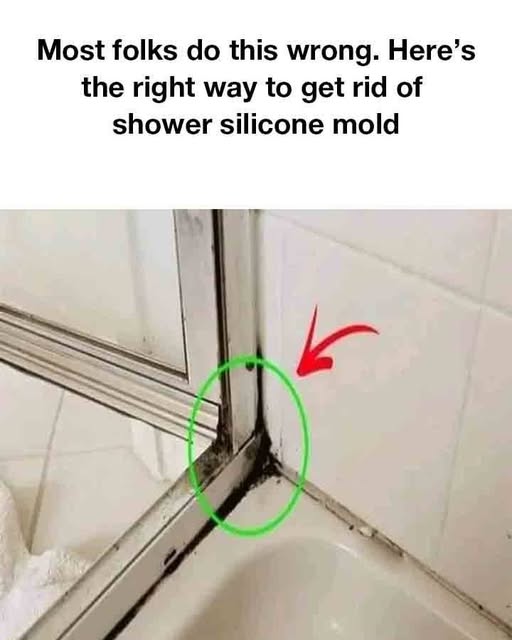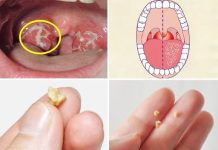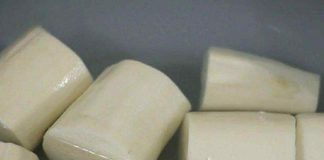Mildew and mold growth on shower silicone is a common issue in many households. These fungi thrive in the damp and humid environment of bathrooms, leading to unsightly stains and potential health risks. Addressing mildew promptly not only enhances the appearance of your bathroom but also ensures a healthier living space. This guide provides effective methods to remove mildew from shower silicone and offers preventive measures to keep it from returning.
Understanding Mildew on Shower Silicone
Mildew is a type of mold that appears as a thin, black or white growth on surfaces, particularly in moist areas like bathrooms. It develops on shower silicone due to constant exposure to water and inadequate ventilation. Over time, mildew can degrade silicone seals, leading to leaks and further damage. Regular cleaning and maintenance are essential to prevent mildew buildup and prolong the lifespan of your shower seals.
Effective Methods for Removing Mildew
Several household solutions can effectively eliminate mildew from shower silicone:
1. White Vinegar and Baking Soda Solution
White vinegar is a natural acid that kills mold spores, while baking soda acts as a gentle abrasive to remove stains.
Instructions:
- Mix ¾ cup of white vinegar, ¼ cup of warm water, and 2 tablespoons of baking soda in a spray bottle.
- Shake the bottle until the baking soda dissolves completely.
- Spray the solution generously onto the affected silicone areas.
- Let it sit for at least 30 minutes to allow the solution to penetrate and break down the mildew.
- Using an old toothbrush, scrub the silicone gently to remove the loosened mildew.
- Rinse the area thoroughly with warm water and dry it with a clean cloth.
2. Hydrogen Peroxide Application
Hydrogen peroxide is a potent antifungal agent that can remove mildew and brighten silicone.
Instructions:
- Pour 3% hydrogen peroxide into a spray bottle.
- Spray it directly onto the mildew-infested silicone.
- Allow it to sit for about 10 minutes.
- Scrub the area with a soft brush or toothbrush.
- Rinse with warm water and dry thoroughly.
Regular use of hydrogen peroxide can help maintain mildew-free silicone seals.
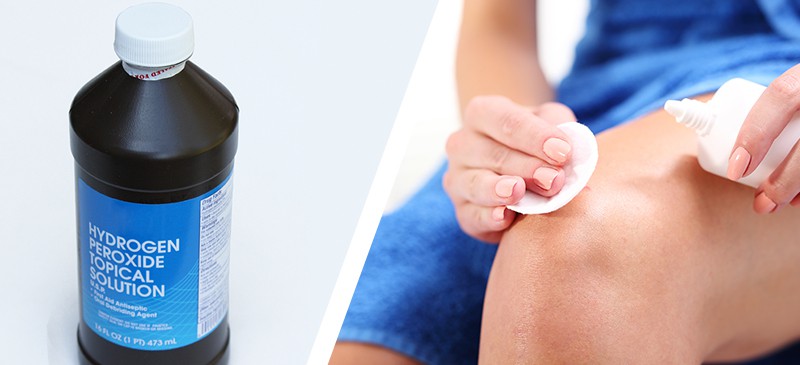
3. Bleach Solution
Bleach is highly effective in killing mold and mildew but should be used with caution.
Instructions:
- Mix one part bleach with ten parts water in a spray bottle.
- Spray the solution onto the mildew-affected areas.
- Let it sit for 15-20 minutes.
- Scrub with a brush to remove the mildew.
- Rinse thoroughly with warm water and dry the area.
- Ensure proper ventilation and wear protective gloves when using bleach to avoid irritation.
4. Tea Tree Oil Solution
Tea tree oil is a natural antifungal that can effectively combat mildew.
Instructions:
- Combine one teaspoon of tea tree oil with one cup of water in a spray bottle.
- Shake well and spray onto the mildew spots.
- Allow it to sit for at least 10 minutes.
- Scrub the area gently with a brush.
- Rinse with warm water and dry thoroughly.
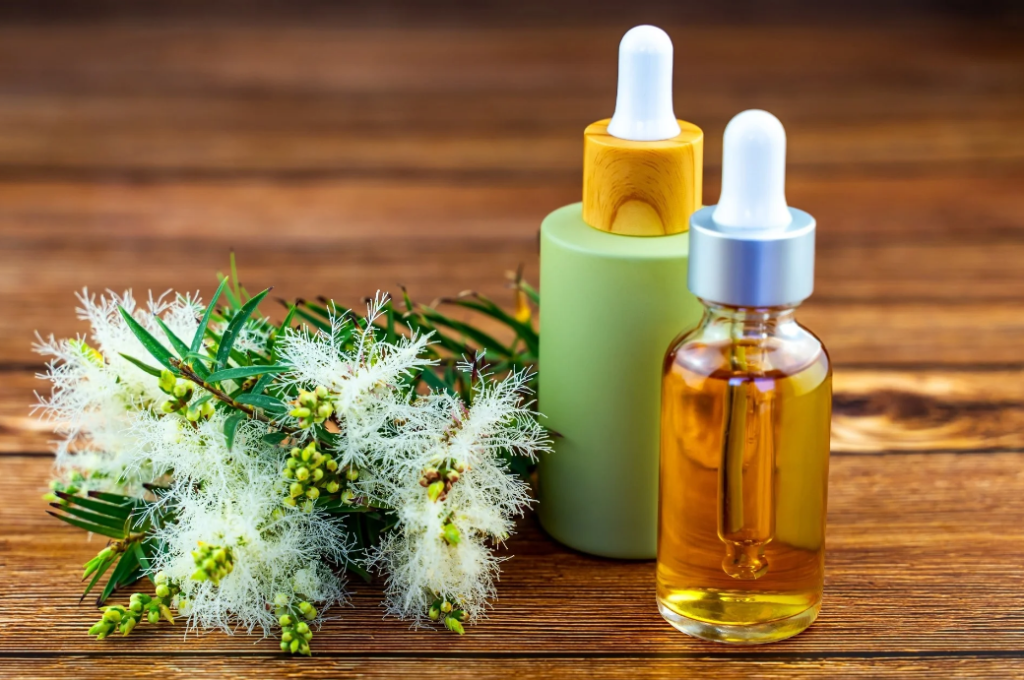
Preventive Measures to Avoid Mildew Growth
Preventing mildew is more manageable than dealing with an established problem. Implement the following practices:
- Enhance Ventilation: Ensure your bathroom is well-ventilated by using exhaust fans or opening windows to reduce humidity levels.
- Regular Cleaning: Clean your shower and silicone seals regularly with mild cleaners to prevent soap scum and mildew buildup.
- Dry Surfaces After Use: Wipe down the shower and silicone areas with a dry cloth after each use to remove excess moisture.
- Use Mold-Resistant Silicone: Consider replacing old silicone seals with mold-resistant variants to inhibit future growth.
- Fix Leaks Promptly: Address any leaks or drips immediately to prevent water accumulation.
- Apply Protective Coatings: Some products can be applied to silicone seals to provide a protective barrier against moisture and mildew.
By incorporating these preventive measures, you can maintain a clean and mildew-free shower environment.
Conclusion
Mildew on shower silicone is a prevalent issue that can be effectively managed with the right techniques and preventive strategies. Utilizing household solutions like vinegar, baking soda, and hydrogen peroxide can efficiently remove mildew without the need for harsh chemicals. Regular maintenance and moisture control are key to preventing mildew recurrence, ensuring your bathroom remains clean and hygienic.

